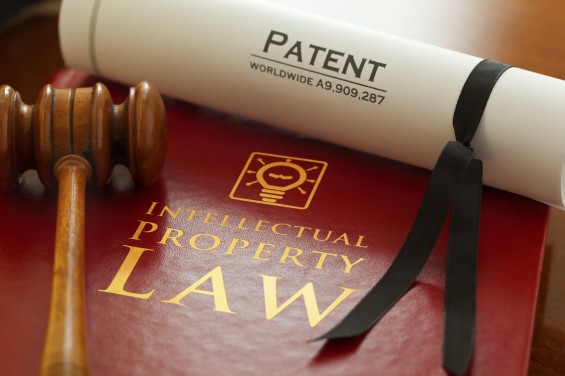October 21, 2025
Patent Litigation Alert: The Crucial Importance of Precision in Patent Language

In a recent pivotal ruling by the Federal Circuit, the case of *Barrette Outdoor v. Fortress Iron* emerged as a stark reminder of the potential consequences of the words used by patent owners and their counsel during patent prosecution. The decision, which has been marked as precedential, underscores the impact of prosecution disclaimer on the scope and value of patents.
Last Friday, as the patent community buzzed with updates from the USPTO on changes to the IPR (Inter Partes Review) process, another significant development unfolded in the courts. The Federal Circuit's decision on the *Barrette Outdoor v. Fortress Iron* case provided critical insights into claim construction—a fundamental aspect of patent law that can determine the outcome of infringement lawsuits.
The dispute centered around a specific fencing technology involving a unique connector system. Barrette Outdoor, the plaintiff, had secured multiple patents with claims that describe an innovative connector improving upon earlier fencing assemblies. However, during prosecution, when faced with a prior art reference that seemed to describe a similar connector, Barrette's legal team attempted to differentiate their invention by narrowing their claims. This strategic move during prosecution became a focal point in their subsequent patent infringement litigation against Fortress Iron.
At the district court level, claim construction hearings led to a definition of the term "boss" that was restricted to "integral structures," effectively narrowing the scope of Barrette's patents based on their own prior statements during prosecution. This interpretation led to a final judgment of no infringement, as the construed patent claims no longer covered the accused products. Barrette appealed, but the Federal Circuit upheld the district court's decision, emphasizing that the prosecution disclaimer applied not only to the patent in which it was made but also to earlier related patents.
This legal outcome serves as a critical lesson on the importance of every word uttered during patent prosecution. Statements made to overcome prior art or to meet patentability requirements can bind the patent owner to a specific interpretation of their claims, which can have far-reaching consequences in any future litigation. This principle holds even if the statements occur in related patents, underscoring the interconnected nature of patent families.
For patent practitioners, this ruling is a reminder of the delicate balancing act required in drafting claims and responding to patent office actions. It also highlights the necessity for defendants in patent cases to meticulously examine the prosecution histories of asserted patents for any statements that could limit the scope of the claims.
The *Barrette Outdoor* decision not only illustrates the complexities of patent law but also acts as a cautionary tale for those involved in drafting and prosecuting patents. As this case demonstrates, the strategic decisions made at the patent office can have decisive implications in the courtroom. As such, both patent owners and their adversaries must consider the prosecution history as a critical element in claim construction debates.
For those in the patent ecosystem, this case reaffirms the age-old advice: watch your words carefully, for they might just define the boundaries of your legal protection.